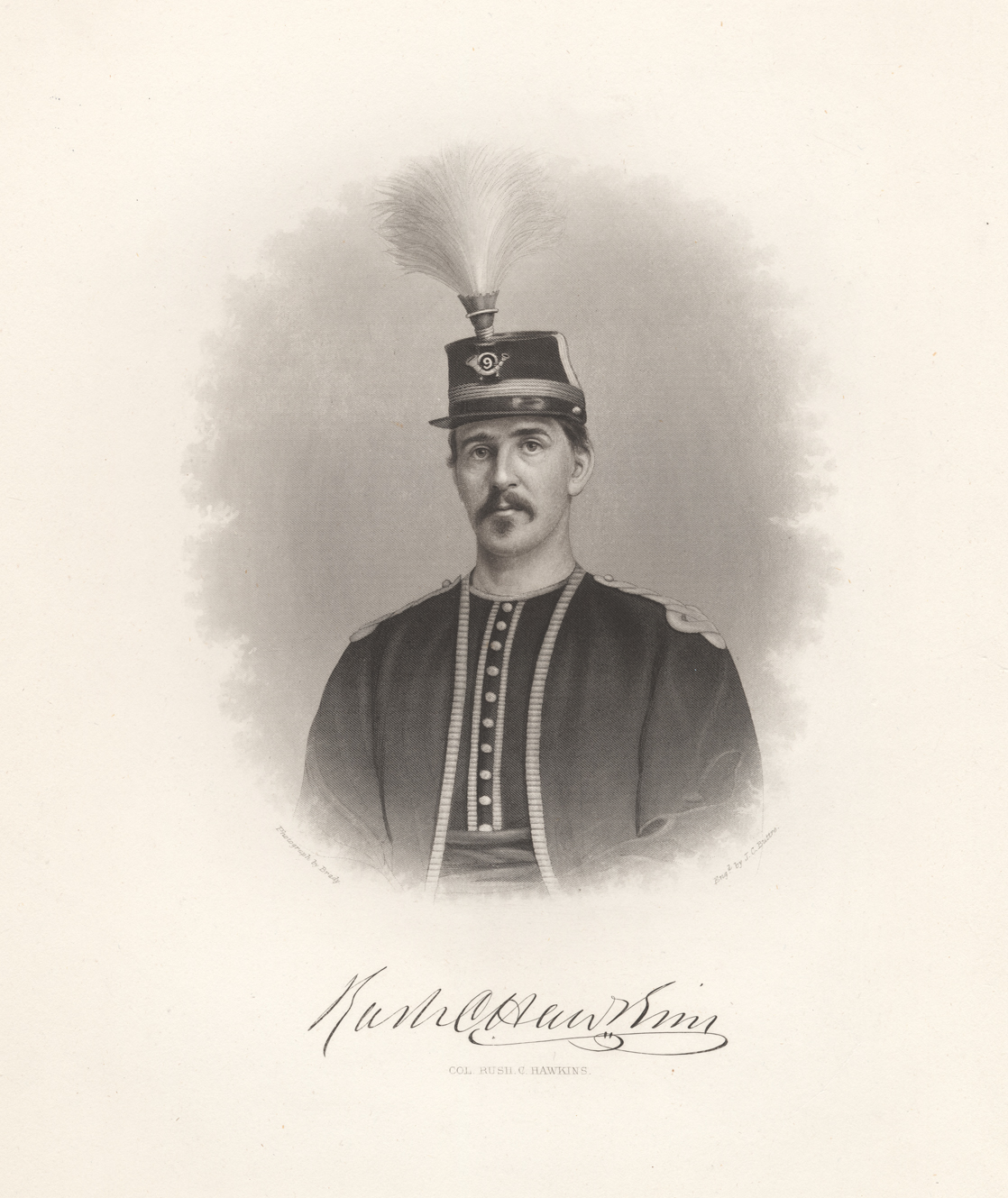
This macaroni from Woolwich, has topped of his look with a feather in his cap.
This summer in Providence, there has been much to-do about the dandy, thanks to the well-received Artist/Rebel/Dandy: Men of Fashion exhibit at the RISD Museum. In the early part of the 19th century, Beau Brummel did much for bringing English dandy fashion into vogue, but going back a bit further in time to the mid-18th century we find another type of fashionable fellow, the macaroni. Possessing qualities of the fops and beaus of the earlier part of the century (1), the macaroni came into being as well-traveled British young men who had been to Italy on the Grand Tour returned to London stylishly dressed and with a taste for macaroni. These elite young men who dressed in high fashion (tight trousers, curled powered wigs, spy glasses, walking sticks with giant tassels, delicate shoes, and tiny chapeaus) were said to belong to the “Macaroni Club.” For a time, anything and all things the height of fashion were said to be macaroni. However, before long the term came to describe not the stylish but anyone who “exceeded the ordinary bounds of fashion” (2). The macaroni with its self idolatry and extravagance quickly became associated with absurdity and Continental affectation. The phenomena was ripe for caricature and satire.

A wig with a long queue or “club” of hair behind epitomized the macaroni’s extravagant artifice during the early 1770’s (5). It is certainly possible that some were laughing.
One of the first professional caricaturists in England was the artist, engraver, and print-seller Mary Darly. Although not well known today, she wrote, illustrated and published the first book on caricature drawing (A Book of Caricaturas, c. 1762). Mary, a self-described “fun merchant”, and her husband, Matthew, were out front in their ridicule of the macaroni, and they created dozens of popular prints illustrating the macaroni’s extreme fashion and artifice, while mocking British submission to foreign tastes. The Darly’s shop in the fashionable west end of London came to be known as the “The Macaroni Print-Shop” (3). The Darly’s caricatures wed the spectacular eccentricity of the macaroni with typical English middle class behaviors and professions, while highlighting a fixation on upward mobility (4). Between 1771 and 1773 they published six sets of satirical “macaroni” prints, each set containing 24 portraits. The Fancy dress and pomp of the British military, especially it’s officers, were hardly exempt from satire, and 19 of the Darly prints depicting British military figures in humorous scenes are a part of the Prints, Drawings, and Watercolors from the Anne S.K. Brown Collection.
The Woolwich, Martial, and Parade Macaroni engraved prints feature British officers sporting the effeminate dress and elaborate hairstyles popular during the macaroni craze. A Smart Macaroni portrays a chubby officer blowing a hunting horn in the forest, the verse below reading:
 View the Hog in Armour how he Blows,
View the Hog in Armour how he Blows,
Swell’d with Pride. for SMART it is God knows.
The inside joke here is that the “hog in armour” depicted is a Capt. Smart of the British Army.
Cut to day one of the Revolutionary War. As the smartly turned out British soldiers march to battle, they sing a popular tune ridiculing the poorly dressed Yankees (a doodle was a term to describe a backwards country bumpkin). The message of the song is that the fashion-naive Yankee simpleton believed that sticking a feather in one’s cap was all that was needed in the making of a macaroni (6).
For more information on British caricature and political satire, see the student essay Impressions of the Military in English Political Satire of the Georgian and Victorian Eras, and browse the hundreds of caricatures found in the Prints, Drawings, and Watercolors from the Anne S.K. Brown Collection and in Napoleonic Satires.
1. & 4. West, The Darly Macaroni Prints and the Politics of “Private Man.” Eighteenth-Century Life 25.2 [2001] pp.170-182
2. & 3. Rauser, “Hair, Authenticity, and the Self-Made Macaroni”, Eighteenth-Century Studies 38.1 pp. 101-117
5. http://blog.seattlepi.com/bookpatrol/2010/03/11/the-mother-of-pictorial-satire-or-why-did-yankee-doodle-call-his-hat-macaroni/
6. United States National Institute of Environmental Health Sciences.

Capt. Fitzpatrick’s effeminate frills and powered wig with a large club of hair attached would have clearly marked him as a macaroni.










